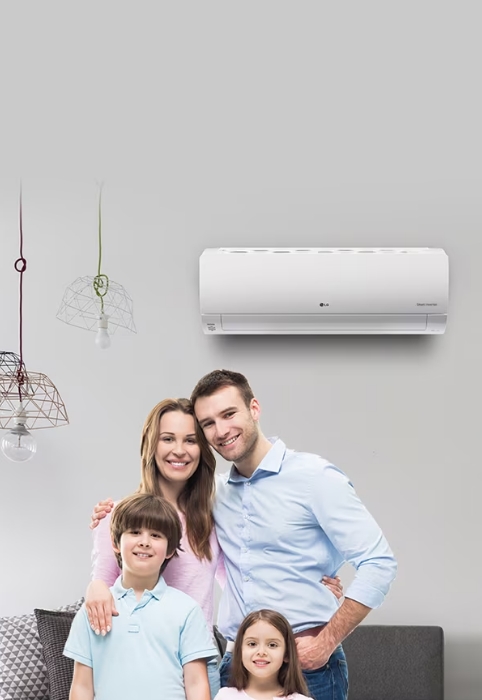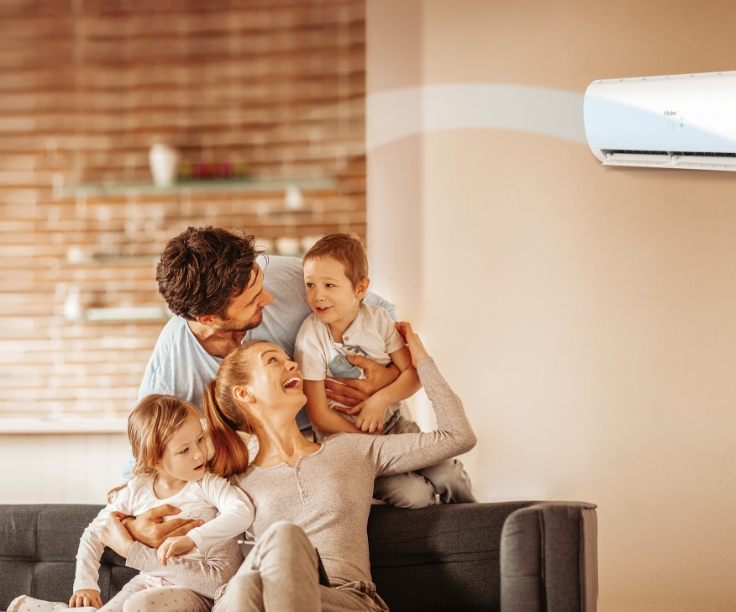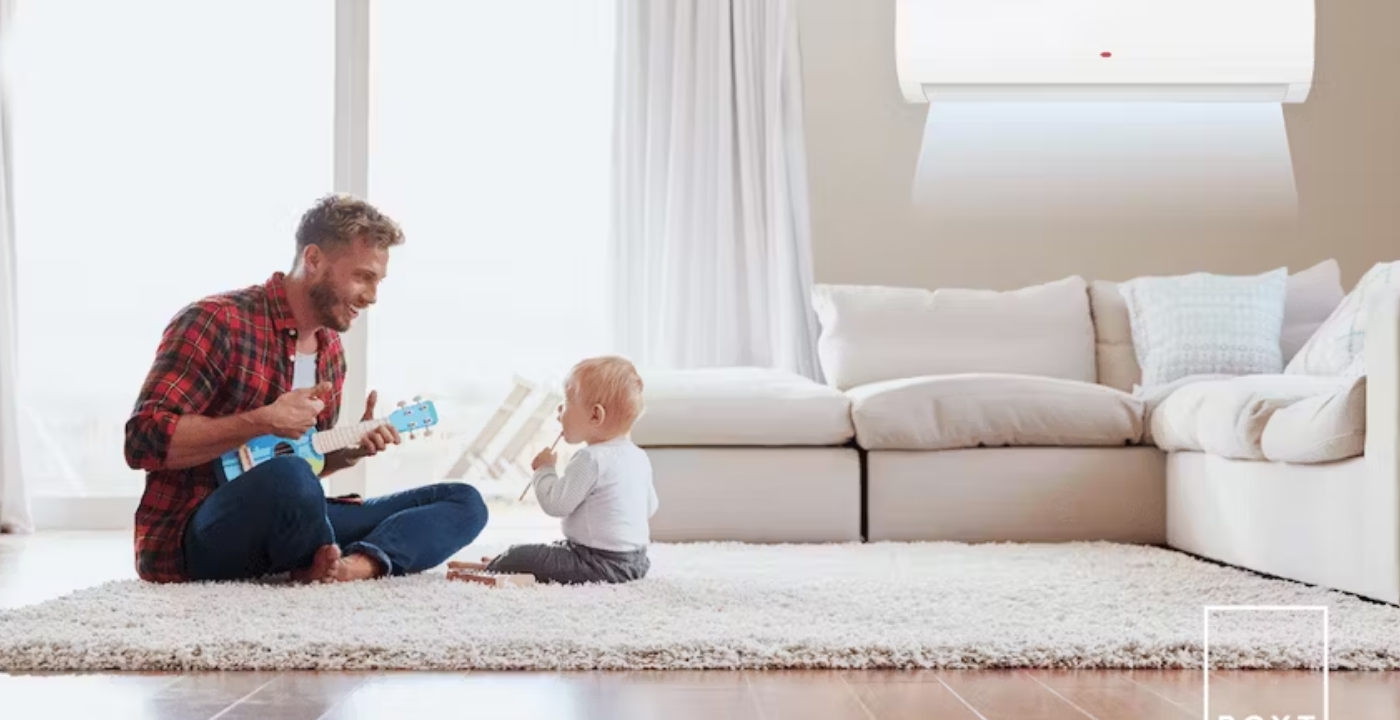You Ask, We Answer: How Does Split System Air Conditioning Work?
Homeowners need to make numerous repairs and upgrades to their home over the years to keep them in great condition, and there is often a strong desire to complete these tasks on a budget. Because of this, many will research their purchases thoroughly before making a purchase for their property. Replacing the heating and cooling system in a home is required at some point, and this can be a costly endeavor. As a homeowner, you may be wondering if you should invest in a split heating system or if a centralized system is a better solution. To determine if this is the right investment to make, it is important to understand how does split system air conditioning work.
The Difference Between a Central Unit and a Split System
With traditional models of central heating and cooling systems, the thermostat setting dictates the temperature for the entire area of the home covered by the unit. In smaller homes, this may mean that the thermostat controls the temperature of the entire home. In a larger home, the temperature in half or more of the home may be controlled by the system. With a split system, the temperature setting for the unit controls the specific zone that is covered. In many cases, each room in the home may be a different zone. Because of this, there is often superior climate control capability through split systems that is not available with a central unit.
The Ducts Required for a Split System
When you are installing a new central system or replacing an existing system, the central HVAC system requires you to have a considerable amount of duct work throughout the walls of the home. The ducts may take in air for the system, and the heat exchange process will heat the unit before dispatching the air back through the ducts. The ducts will be required to run throughout the entire home. This means that the installation cost and time for a central unit is considerable. There are no ducts required for a split heating system, and this greatly reduces the cost and time of installation for a split system.
How split system air conditioning work
When you install a split heating system in your home, you will receive both an indoor and an outdoor unit for the property. They are connected almost back-to-back with each other through electrical tubes and wires. There are no ducts required, and the thermostat controls for the unit are provided to your right on the indoor unit. The systems generally are designed to control the climate in a much smaller area of the home, such as one room. This means that you may need to install separate units in each room of the home. Generally, these systems do require professional installation, but the installation process for a split system is less demanding or tedious.
The Benefits of a Split System
There are numerous benefits that you can enjoy when you make the decision to install a split heating system in the home rather than a central HVAC system. Because you have superior control over the temperature in the space with a split system, you will be able to control your comfort level as needed. You have specific zone functions, and this means that you can lower the temperature in the room you are in for comfort without affecting the temperature in other rooms of the home. There will be fewer arguments over the settings on the thermostat. In addition, this ability to localize the control of the temperature also enhances energy efficiency. If you have the desire to heat the space where you are in, you do not need to heat the entire home to do so. These benefits are associated with the improved cost and time requirement for the installation of a split system. Because of these considerable benefits, many who compare the differences between a central system and a split system decide to move forward with a split system.
Before You Make Your Purchase
If you have decided to invest in a split heating system for your home, you should consider a few key points. First, you should consider the size of the unit. These units have a BTU rating that relates to the size of the space they are designed to be placed in. If you want to maximise the system’s energy efficiency and have the greatest level of temperature control, you want to purchase right size of system for the space. Because there is a component to the system that is placed in the room, you make also consider the aesthetic style of the room. Many are available in black, white or other neutral hues, and they may have a sleek or stylish appearance. Other important points to think about include the cost, the reputation of the brand, consumer reviews and warranty information.
A split system for heating is a beneficial option that may be ideal for many homes, but it may not always be the best option for all homes. You should consider if these benefits would have an impact on your home before you make your purchase. You can also compare the cost of installation and operation between these units and the central style of heating system to help you make a more informed decision. Through your research about these systems, you can make a decision that is best for your home and budget.







